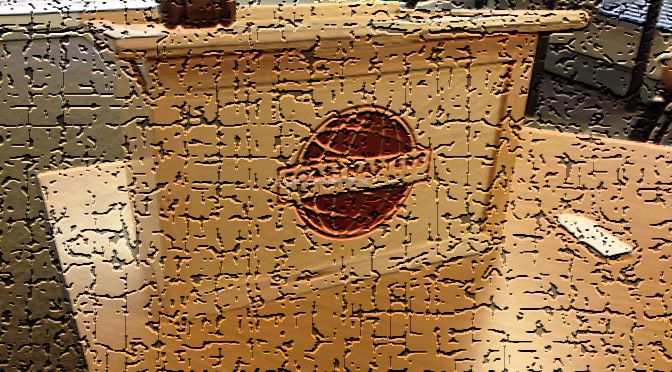A well structured speech or presentation is a pleasure to listen to. It must be easily followed by the audience. One that has no structure is confusing, lacks impact and can lose you the audience.
There are many ways to structure a talk. As with everything that has been talked about in Lessons from behind the lectern, be clear about your goal and outcome.
At its most basic, a speech or presentation must have an introduction, a body and a conclusion.
Introduction or opening
This sets the tone of what is to come. It should give an idea of what your talk is about. Use a strong opening that will intrigue the audience and make them want to listen to you.
Examples of how:
- Ask a rhetorical question, one that will make the audience think and connect with you.
- People love stories – tell a relevant story.
- Use a quotation from someone the audience knows.
The body
This is where you will be fleshing out your topic.
Remember the Rule of Threes – divide the talk into a minimum of three and a maximum of five points. More than this and you risk information overload.
Examples of how:
- Use facts. Elaborate on them.
- Use more illustrative stories.
- Quote authorities and your own research.
The conclusion
Like the introduction, end with a strong conclusion, a memorable one.
Examples of how:
- Summarise the points made in the body of the talk and what is to be concluded from them.
- A appeal for action.
- A story or quotation emphasising the points you have made.
- A rhetorical question.
Some last thoughts:
Be logical. Lead the audience to a clearly defined goal. Start off by creating a speech or presentation outline with an opening, a body and a conclusion. Once you have settled on this then start fleshing out the talk.
This is just one way of structuring a speech or presentation. It also happens to be my default and favourite one.
What are your favourite ways to structure a speech or presentation?
The next post in this series is T is for Time.
Reference: Toastmasters International Competent Communicator manual
This post is part of the Blogging from A to Z Challenge. Twitter hashtag is #AtoZChallenge and Twitter id is @AprilA2Z
Discover more from Wide Eyed In Wonder
Subscribe to get the latest posts sent to your email.
